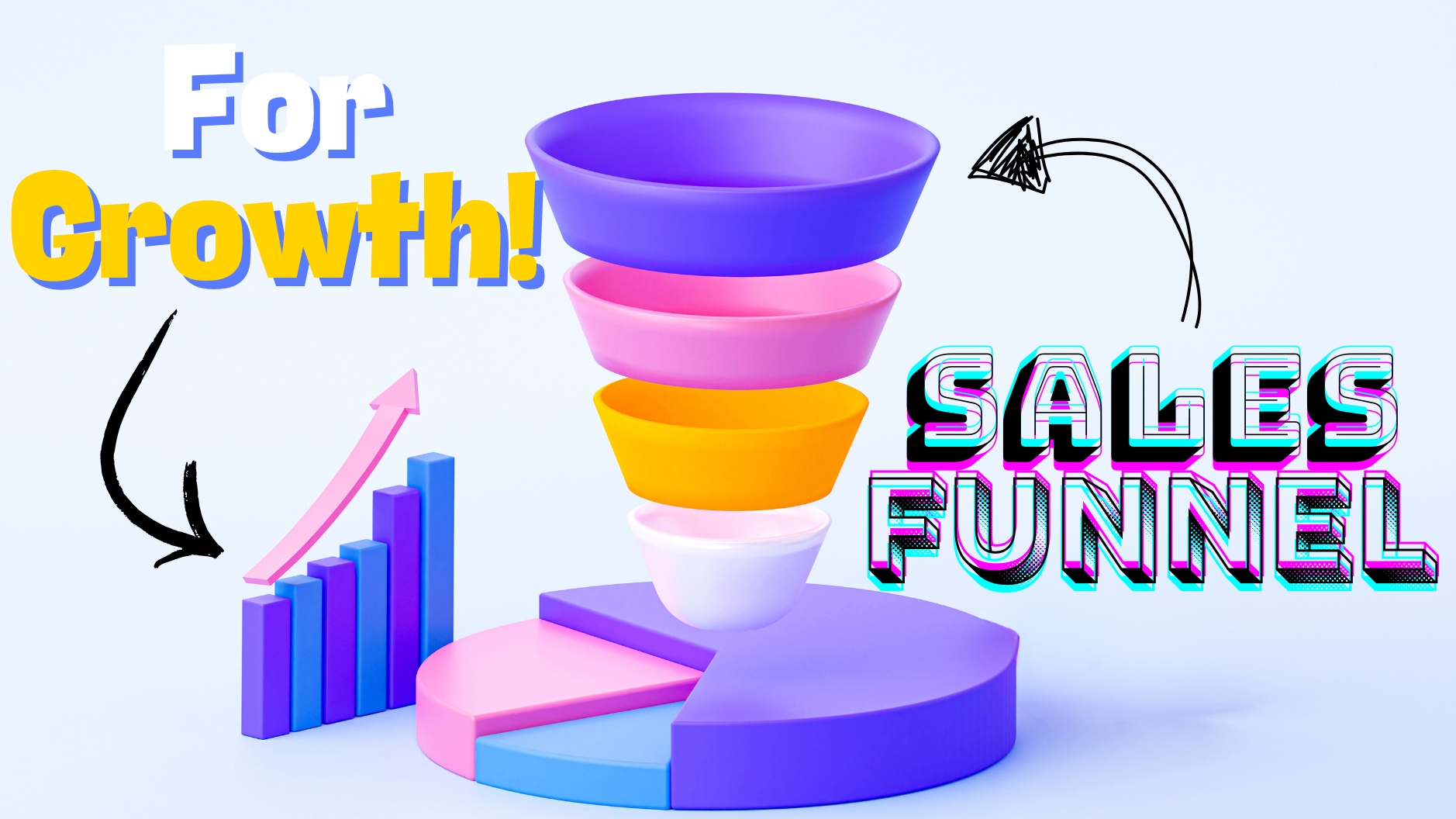
Most businesses don’t have a sales funnel at all. We’ll dive deep into explaining the use of the sales funnel, and if your competition is not using a sales funnel and you are, then the boost and improvement in your business will be enhanced..
What is a sales funnel, and why do you need one?
Well, to make it simple for you, let’s think of the sales funnel as a journey. A journey for your customer, you will decide where their next destination will be. At the end of the destination, you want your customer to buy your product or service.
A well-designed sales funnel will convert a stranger into a loyal customer of your business. It also helps reach people who didn’t even know your company and you existed before and keeps existing customers returning for more.
Why do you need one:
- For making regular repeat sales
- For selling products at higher prices
- For making sales without Facebook ads
- For automating the business
- For receiving orders consistently
- For the proper use of data layers and pixels
Pro tip: If you don't have a clear funnel, you probably are losing sales. A funnel helps you stay intentional, focusing your marketing efforts on moving people closer to saying "yes. So make sure to create a sales funnel for your business.
Now, for the sake of simplicity, let’s segment the sales funnels into three parts. We call the top part TOFU since it has the biggest face, and the bottom one BOFU because it has the smallest face.
1.Top of Funnel ( Awareness ): Impressions, traffic, social shares.
2.Middle of Funnel ( Interest ): Email sign-up, engagement, bounce rate.
3.Bottom of Funnel : Decision & Action, conversions, cart abandonment, average order value.
1. TOP OF THE FUNNEL (TOPU, cold customer)
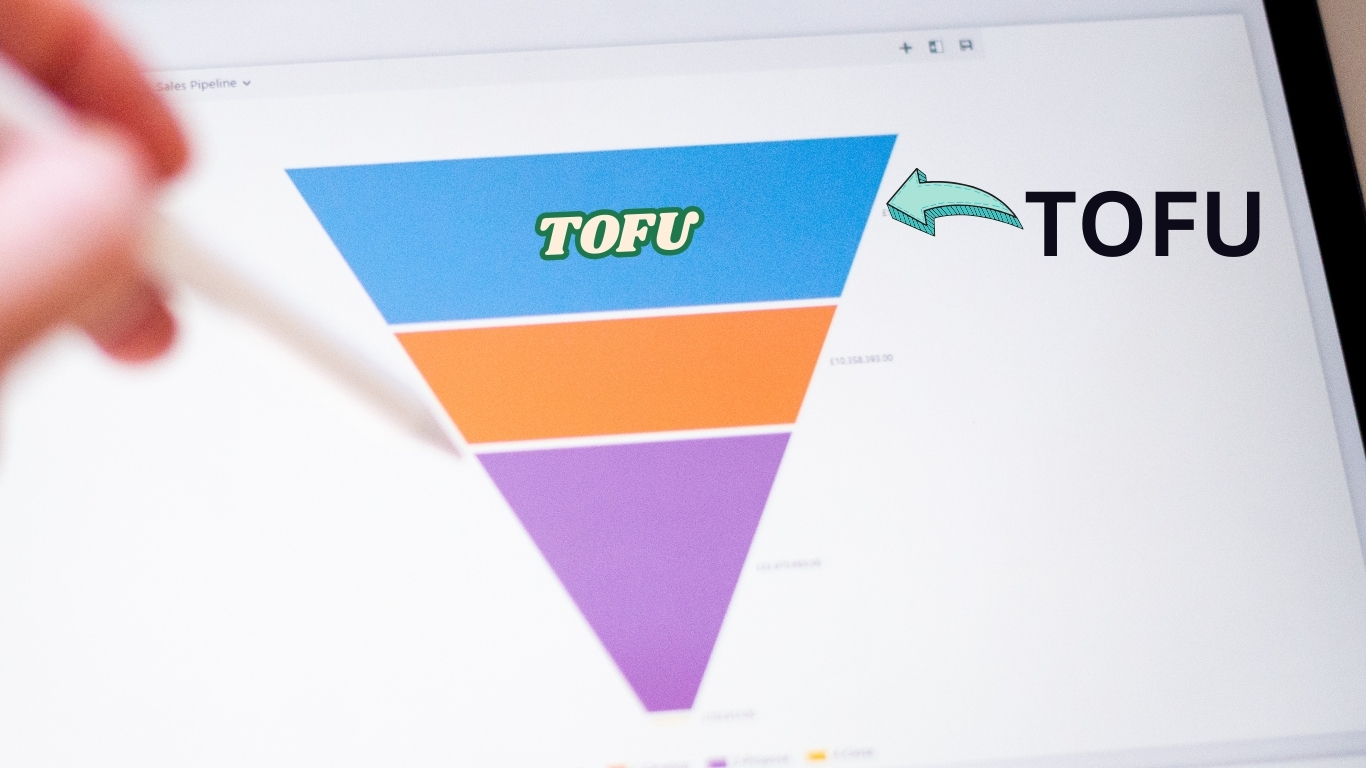
This will be the largest audience you’ll try to target in the sales funnel. In this section, you’ll try to make people aware of your brand. You don’t need to sell or produce anything to this large audience. If you try to sell them something, the possibility is high that the outcome willn’t satisfy your profit. We are cold to this section’s audience, which is COLD customers. Your only target for this top-of-the-funnel is to ensure that people know you or your brand exists and spark curiosity. That’s why we also closed the awareness stage.
How to shine in the awareness stage:
Content marketing: If you have a website, writing blog posts that solve a problem in your niche can get you some traffic. Once they enter your website and spend time reading the blog you wrote, they become your cold customer. Of course, the chances are low that they will buy something from you, but at least they know about your brand and your service.
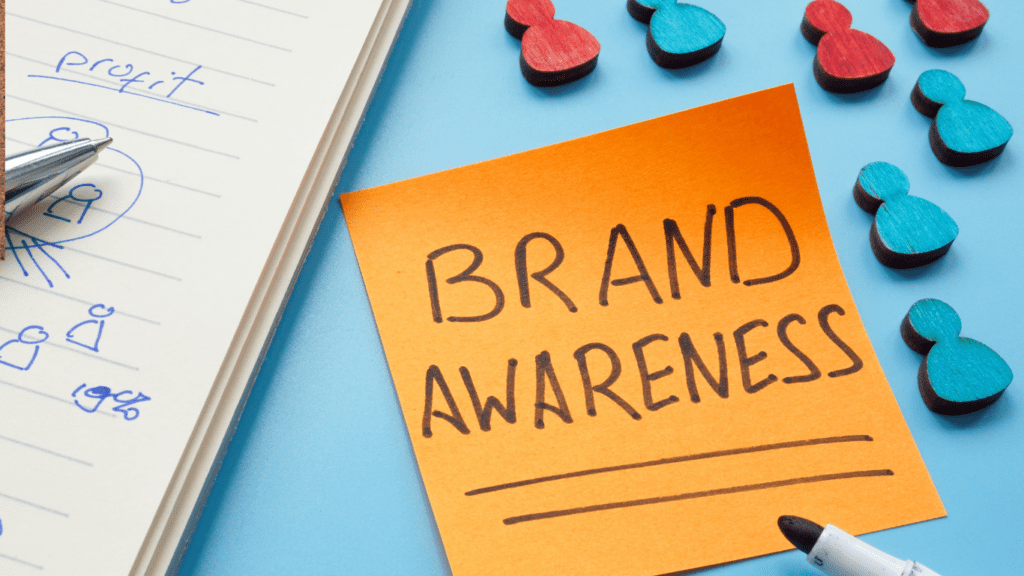
The awareness stage can also be greatly empowered through social media postings on Facebook, Instagram, TikTok, and Twitter. You can create Instagram-type awareness posts, create awareness-type reels for both Install and TikTok, or constantly post on Facebook and run awareness-type ads on both Facebook and Instagram.
Now, regarding what type of awareness-type content it will be, let me give you an example. Suppose Jason has an e-commerce business about electric toothbrushes. He sells toothbrushes from his Facebook page A. If he wants to run awareness-type content for his company, Jason would have to create video and image posts about “why brushing teeth is important, what happens if you don’t brush for 1 week. Why is an electric toothbrush better than the regular one?” while creating awareness campaigns Jason would not try to sell any product with that content. He will target curious questions about what people usually have and post or run meta ads on social media.
SEO: search engine optimization can help your website blog post in Google searches. Optimising content with the right keywords so you’re easily found on Google.
Paid ads: As I said before, running a paid Facebook awareness campaign will significantly boost you. Running an organic awareness campaign through social media can be time-consuming, but paid ads work like a charm if you know how to target the right audience for your product or service.
MIDDLE OF THE FUNNEL(MOFU/ WARM CUSTOMER):
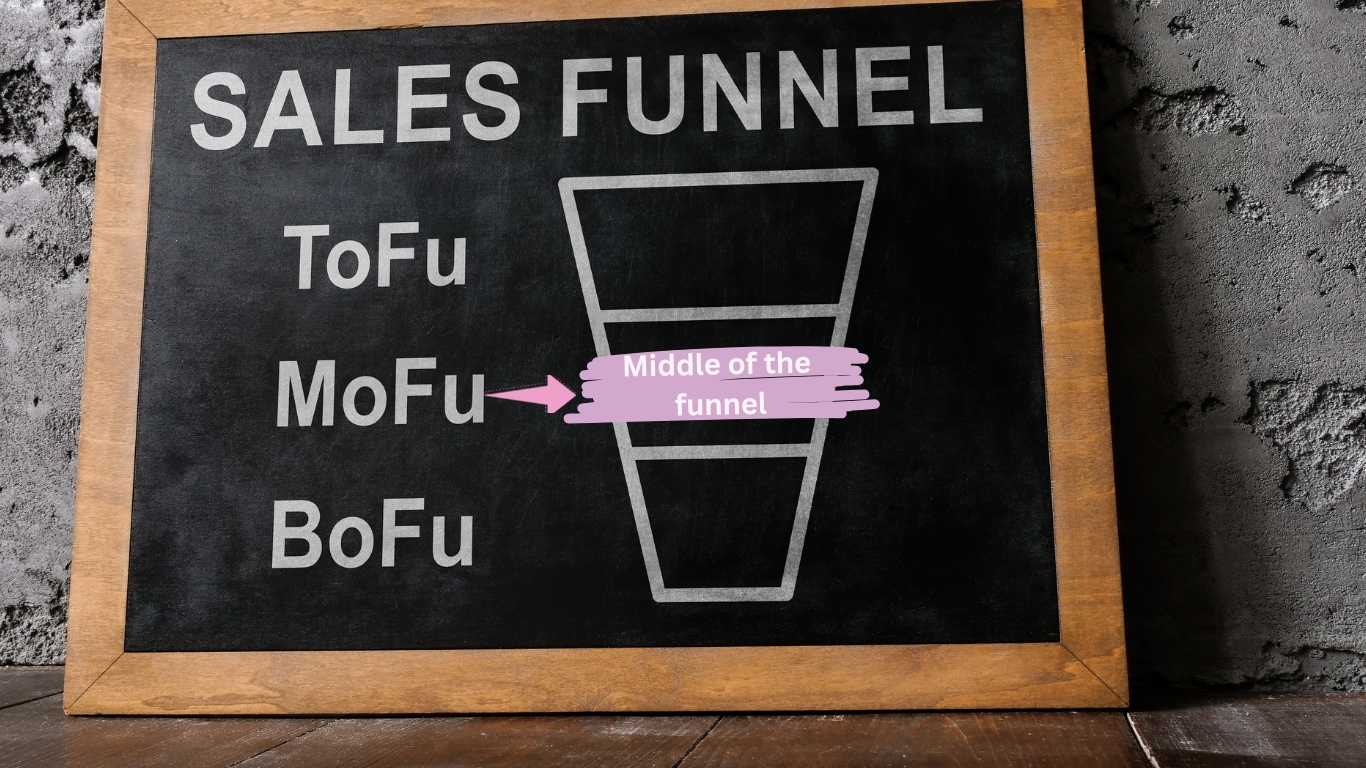
In this stage, the audience knows who you are or your brand. This is the stage at which you’ll familiarise your customers with your product. This stage is about keeping their interest and nurturing that initial spark into genuine curiosity. This section is usually more narrow than the top of the funnel. Only the people who are interested in your niche service are the warm customers. The chances that this customer will eventually buy your service are quite high.
Let me give you an example: Suppose customer A shows the awareness video of Jason, who sells an electric toothbrush. Customer A is brushing his teeth with a regular toothbrush, but sometimes he finds that even if he brushes his teeth 2 times a day, some areas of his teeth don’t get clean all the way. This means that customer A is already having difficulties with the problem that Jason’s business is providing to the solution. Customer A hasn’t yet decided to buy a new toothbrush or electric toothbrush, but he’s interested and having a problem. That means customer A is the warm customer.
Pro tip: Everyone targets the hot customer(we'll talk about that later) at the bottom of the funnel. But the number of competitors you'll get from your niche industry is huge. So, instead of targeting hot customers alone, a pro marketer also tries to target the warm ones because he knows his competitors focus less on the Middle of the funnel, and converting them into hot customers is relatively easy and less expensive.
Paid ads: On social media, you’ll target this warm audience with another type of ad campaign, but in this campaign, you’ll try to introduce your product or service to them. Don’t try to sell them yet; Show them the solution to their problem by describing your product or service.
Lead Magnets: Offer something valuable for free, like an eBook, checklist, or webinar, in exchange for their email address. This simple step turns a random visitor into an actual lead.
Email Nurturing: Once they’re on your list, send thoughtful, value-packed emails that showcase your expertise and help them learn more about what you do.Social Proof: Share testimonials, reviews, and user-generated content. Show them that others trust you, too.
Bottom of the funnel (BOFU/HOT CUSTOMER):
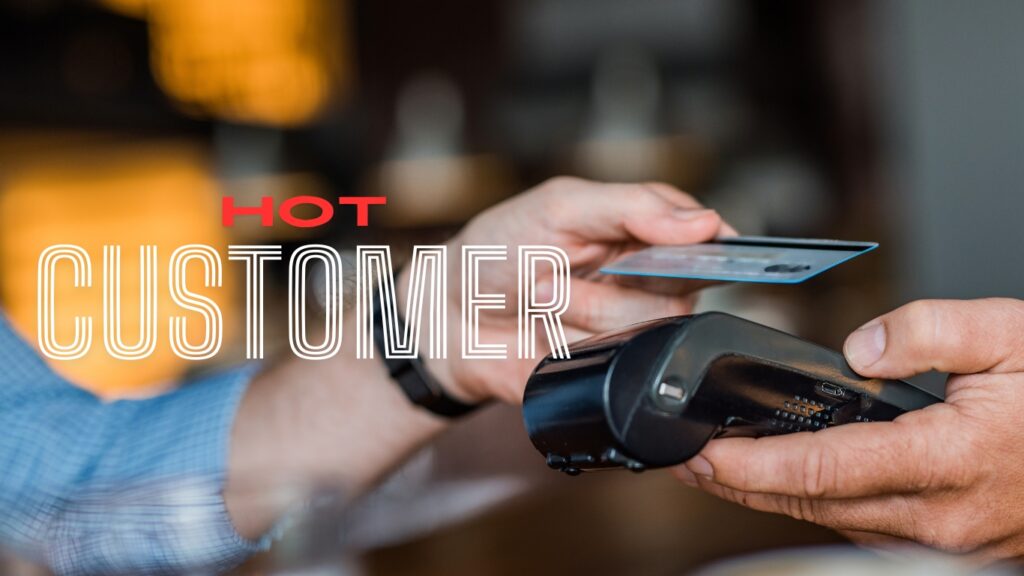
This stage is when you’re a hot customer. A hot customer means customer B needs a drop-shoulder T-shirt, so he searched for it on Google and wants to buy it on the spot. So, customer B is a hot customer. Almost all business companies pay Google or Facebook to put their product on top so that the hot customer will buy from them. The more you pay Google or Facebook, the higher they’ll put your product on top. The competition is high here.
If you have a sales funnel, you don’t need to aim for the 1% hot customer; you can create your own hot customer. By “creating,” I mean you can convert your warm customer from the Middle of your funnel to your hot customer.
After knowing your product and service, they think, “Is this really the right choice for me?” It’s your chance to shine by answering their questions. Don’t be shy here—your potential customers want to know exactly why they should pick you.
This is the stage where they’re ready to move, whether signing up, buying a product, or reaching out. Your goal? Make the process as smooth, simple, and exciting as possible.
Nailing the Action Stage:
Paid ads: In this stage, you’ll create a direct sales campaign targeting warm customers you have built before. You’ll directly hit them with your eye-catching offers and futures. Try to use the FOMO (Fear of Missing Out) tactics.
Clear CTAs: Make what action they should take painfully obvious. Use solid and action-oriented words like “Buy Now,” “Get Started,” or “Schedule Your Free Consultation.”
Comparison Guides: If you have competitors, honestly compare your offering to theirs. This can be a product comparison, a feature breakdown, or even a list of pros and cons.Free Trials or Demos: Let them experience your product for themselves with a trial or demo. For service-based businesses, this could mean offering a free consultation.
Beyond the Funnel: Retention and Advocacy
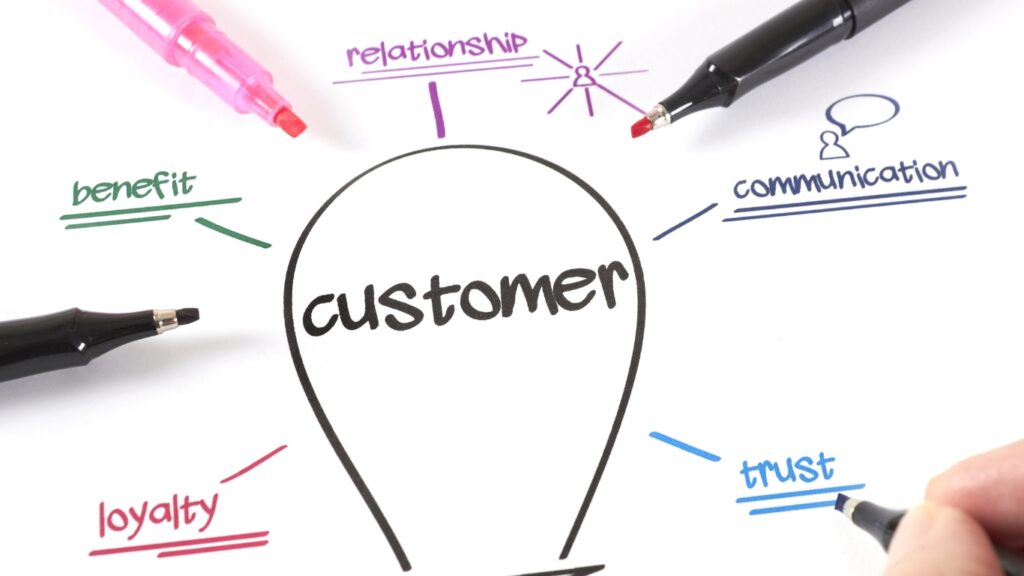
Once you have sold one of your customers, ensure he likes your service. If he likes your customer service and product, the chances are high that he’ll return your product. This stage is about turning one-time buyers into lifelong fans who stick around. You don’t even need to spend money on marketing anymore; they’ll refer friends and come back for more.
Retention Strategies
- Loyalty Programs: Give them points, discounts, or exclusive access for sticking with you. This is especially popular in retail and e-commerce.
- Regular Check-Ins: For service-based businesses, personal follow-ups can mean the world. Think: “How’s it going? Anything we can help with?”
Identify your product or service type, then create awareness, advantage, and sales ads using a sales funnel. Once you’ve built an effective funnel for your product, your business will run automatically, allowing you to focus on improving product quality rather than spending all your time on marketing.


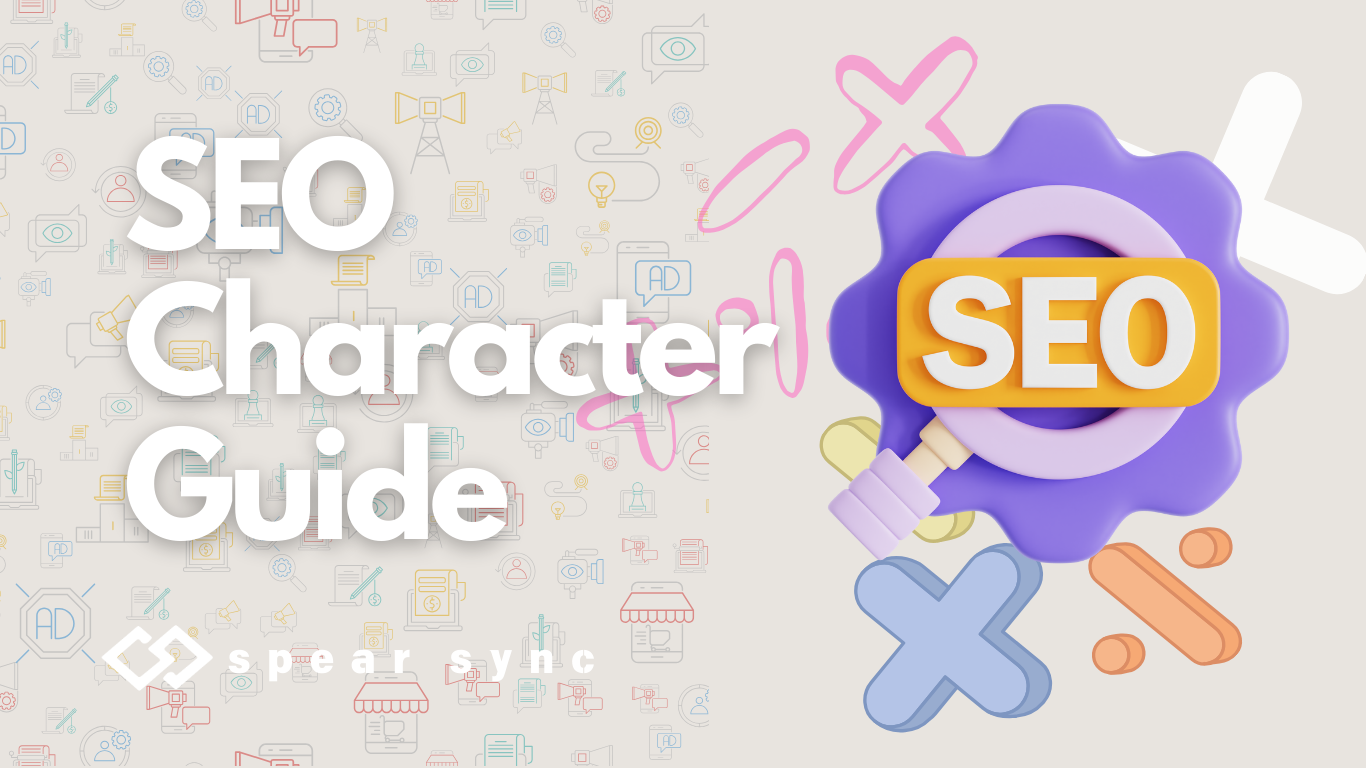

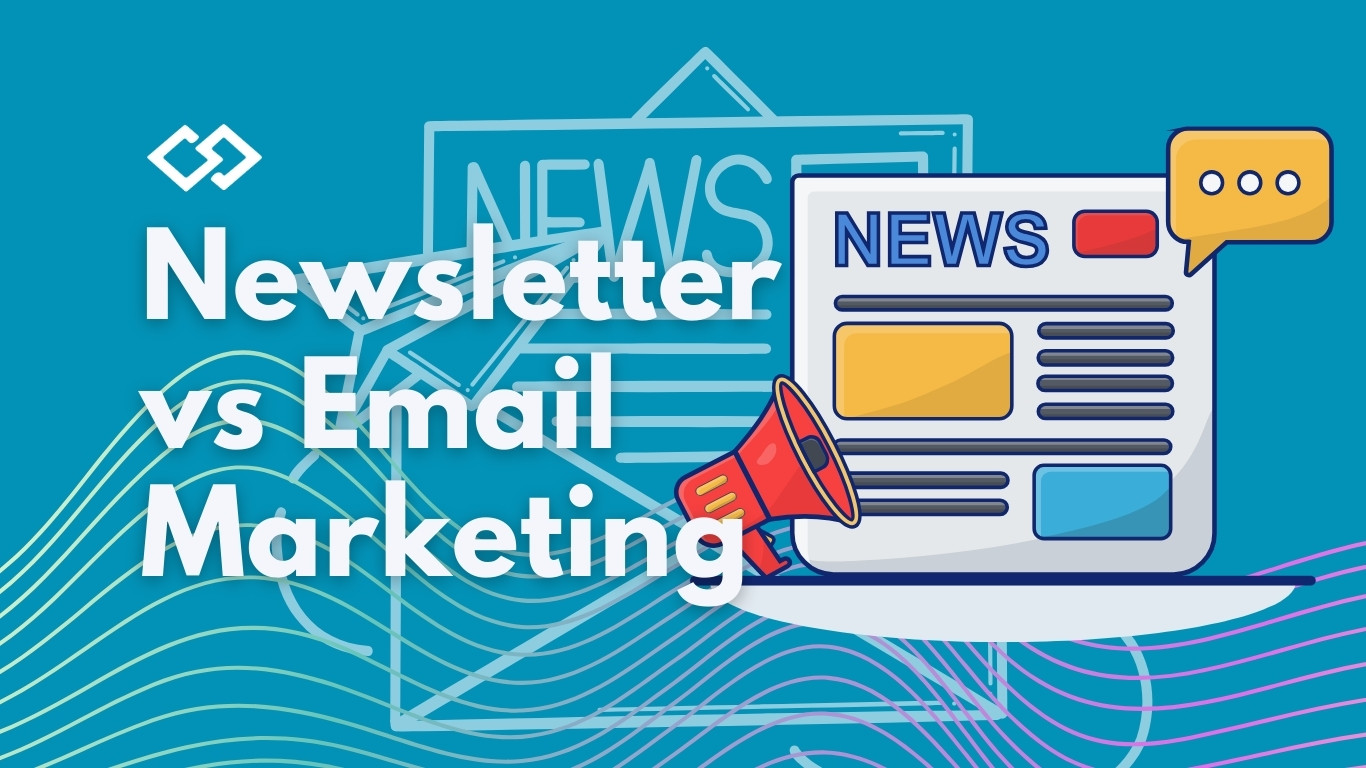
Pingback: Choosing the Right Digital Marketing Agency for Startups - Spear Syne - syncing your success